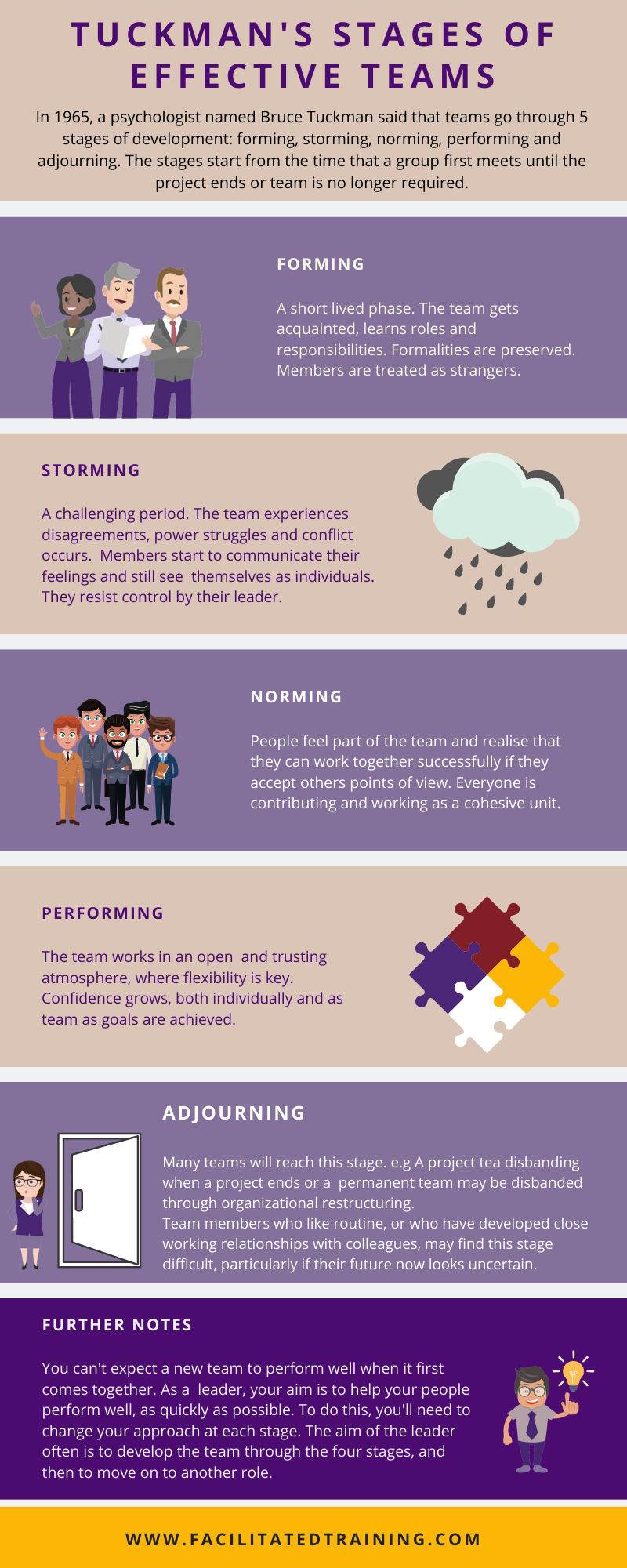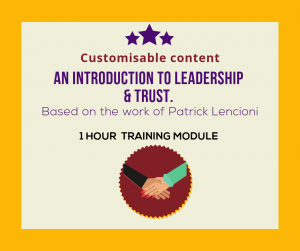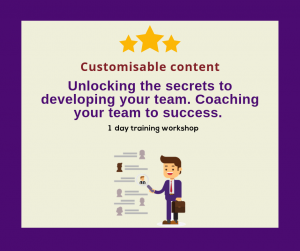Understanding why sometimes your team are ‘rockstars’ and other times pushing boundaries and your buttons. Welcome to the Tuckman model of effective teams.
In 1965, the US Navy engaged a a psychologist named Bruce Tuckman to develop a model that represented effective teams. Tuckman determined that teams go through 5 stages of development: forming, storming, norming, performing and adjourning. The adjourning phase was added later, post review of the model.
Tuckman’s model is significant because it recognises the fact that groups do not start fully-formed and functioning. He suggests that teams grow through clearly defined stages, from their creation as groups of individuals, to cohesive, task-focused teams.
The stages start from the time that a group first meets until the project ends or the team is no longer required.
Each is aptly named and plays a vital part in building a high-functioning team. (And it’s a bonus that most of the stages rhyme, making them easier to remember.)
Each stage plays a vital part in building a high-functioning team.
#1 Forming Stage
The first stage of team development is forming, which is a lot like orientation or induction day at a new job.
The team has just been introduced and everyone is overly polite and pleasant. At the start, most are excited to start something new and to get to know the other team members.
Team members are usually on their best behaviour but very focused on themselves. Mature team members begin to model appropriate action even at this early phase.
Despite the independent behaviour of the team members, they still look to the leader for guidance. They do not know what the objectives of the entire team are and what is expected of them. This is why many team members feel insecure. To create a good team, it is important that the leader trusts the team members and that they discuss with them what their expectations are
For example:
• Member’s skills, background and interests
• Project goals
• Timeline
• Ground rules
• Individual roles
As the group starts to familiarise themselves, roles and responsibilities will begin to form. It is vital for team members to develop relationships and understand what part each person plays.
But, because this stage focuses more on the people than on the work, your team probably won’t be very productive yet.
#2 Storming Stage
Have you ever reached the point in a relationship where you become aware of a person’s characteristics, and they frustrate or annoy you? Perhaps they click a pen or giggle their foot or knee in meetings. Maybe they are a loud talker.
Tah dah! You’ve entered the storming stage. Relationships between team members will be made or broken in this phase, and some may never recover. In extreme cases, the team can become stuck in the Storming stage.
In the storming stage, the reality and weight of completing the task at hand have now hit everyone. The initial feelings of excitement and the need to be polite have likely worn off. Personalities may clash. Members might disagree over how to complete a task or voice their concerns if they feel that someone isn’t pulling their weight. They may even question the authority or guidance of group leaders.
But, it is essential to remember that most teams experience conflict. If you are the leader, remind members that disagreements are normal.
Some teams skip over the storming stage or try to avoid conflict at whatever cost. Avoidance usually makes the problem grow until it blows up. So, recognise conflicts and resolve them early on.
#3 Norming Stage
During the norming stage, people start to notice and appreciate their team members’ strengths. Groups start to settle into a groove. Everyone is contributing and working as a cohesive unit. Of course, you may still think that your administrator choice in music is obnoxious. But, you also admire their knowledge of excel and pivot tables and value their opinions on anything data-related.
Storming sometimes overlaps with norming. As new tasks arise, groups may still experience a few conflicts. If you’ve already dealt with disagreement before, it will probably be more comfortable to address this time.
In the ideal situation, teams begin to trust themselves during this phase as they accept the vital contribution of each member to the team. Team leaders can take a step back from the team at this stage as individual members take greater responsibility.
The risk during the Norming stage is that the team becomes complacent and loses either their creative edge or the drive that brought them to this phase.
#4 Performing Stage
Not all teams make it to the Performing phase, which is essentially an era of high performance. They usually fail to overcome conflict and can’t work together.
Leaders of the team during this phase are almost always participating. The team will make most of the necessary decisions. Decision making is collaborative, and dissent is expected and encouraged as there will be a high level of respect in the communication between team members.
In the performing stage, members are confident, motivated and familiar enough with the project and their team that they can operate without supervision. Everyone is on the same page and driving full-speed ahead towards the final goal.
Even the most high-performing teams will revert to earlier stages in certain circumstances. Many long-standing teams go through these cycles many times as they react to changing circumstances. For example, a change in leadership may cause the team to revert to storming as the new people challenge the existing norms and dynamics of the team.
#5 Adjourning Stage
In 1977, Tuckman added a fifth stage called adjourning. (Sadly, not a perfect rhyme.) Once a project ends, the team disbands. This phase is sometimes known as mourning because members have grown close and feel a loss now that the experience is over.
The strength of the Tuckman model is that it provides a framework of expectation, and actions. However it should be noted the model is based on the stages of a small team.
The Tuckman model is not a linear one, as depending on the team and environment, different team members can be moving the model at different paces. The leader’s role is to determine which phase team members and the team are at, and adapt interactions and instructions accordingly.
Where can the Tuckman model be used effectively?
The Tuckman model of effective teams is useful in numerous environments. Consider the following.
1. The creation of a new team – be it for a project, post restructures or the need to create a new team due to business growth. Sharing the model with new team members can help the team to understand that feelings and frustrations are the normal outcomes of a team forming. Additionally, referencing the model during coaching sessions can help others in understanding the impacts of behaviour or why they or others are behaving in a particular way.
2. New Manager, Supervisor training, for some leadership is instinctive, for others, having a model to refer to, or use in their first days of being a leader will help them with the transition to their new role.
3. Leadership training, linking the Tuckman model with Hersey and Blanchard’s “Situational Leadership model can assist with targeted coaching conversations and adaptive leadership.

Infographic Tuckman 5 stages of effective teams
____________________________________________________________________________________________________
Are you seeking team development skills training in your workplace? Do you have the skills to train others, but don’t have the time to create the training materials?
Facilitated Training has the solution that you need. Editable training materials that can be used again and again. Insert your company logo, add in case studies or examples form your workplace, or train using the quality training materials, as is.
Here are some excellent training materials to get you started.
Facilitated Training is your one-stop shop for world class, customisable training and professional development resources.
Facilitated Training offers training and organizational development resources to facilitators, trainers, coaches, HR managers and individuals.
Specializing in customizable leadership and management skills, Facilitated Training features a wide variety of products, including Training resources, Professional development courses, assessments, ebooks, videos and more.
www.facilitatedtraining.com


